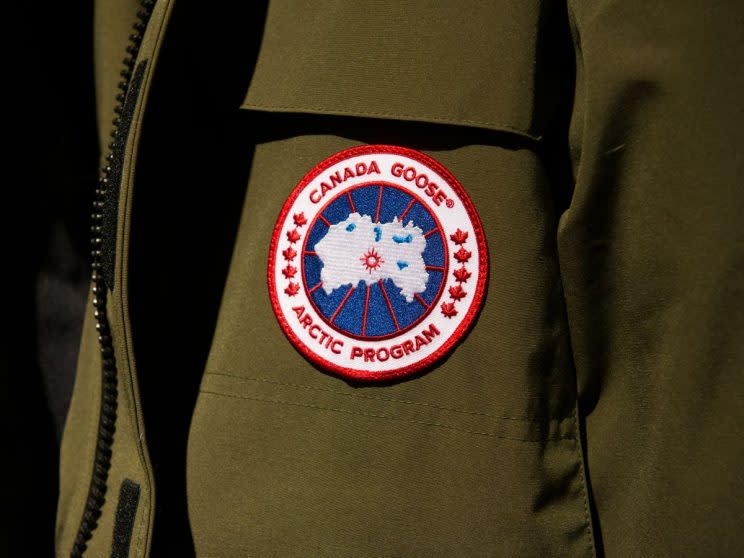Why do companies go public? An IPO explainer

Everyone’s favourite catalyst for parka-purchasing debt, Canada Goose is going public. The winter apparel maker, whose parkas sell for up to $1,500, filed for an initial public offering (IPO) this week, seeking to list on both the Toronto and New York stock exchanges under the symbol “GOOS.”
Canada Goose opened its flagship retail stores in Toronto and New York last year and according to regulatory filings posted $291 million in revenue for fiscal 2016, up from $152 million in 2014. Gross profit was $146 million.
“We are focused on building an enduring brand, a legacy for our employees and our country and long-term value for our shareholders,” wrote Dani Reiss, president and CEO, in a letter to shareholders. “We have been careful stewards of this brand for 60 years and we will do the same as a publicly-traded company in the years ahead.”
For consumers, the filing – which gives Canada Goose the opportunity to access funding through the public markets by offering shares – isn’t likely to have much of an impact, says Steve Foerster, a professor of finance at Western University’s Ivey Business School.
If anything, consumers may see more Canada Goose, with the manufacturer planning on using the funding to pay down debt, expand internationally through opening more stores and grow its offerings beyond winter apparel to spring and fall jackets, travel gear and bedding.
“You need money to set up new stores and one way to get capital would be to borrow,” says Foerster. He points out that there are limits to how much you can borrow so in a lot of cases finding investors through a public offering of shares can be a way to secure further capital.
For the initial filing, the Toronto-based retailer used a $100 million place holder to calculate the fees but according to the Financial Post, Canada Goose could “seek to raise as much as $300 million in the sale, people familiar with the matter have said, for a company valuation of about $2 billion.”
Foerster explains that valuations – how much a company is worth – are calculated by investment banks. A company worth $200 million for example, might look to issue one million shares each worth around $20.
“If the current owners were going to keep 600,000 shares that would mean the company would be planning to issue an additional 400,000 shares at $20 per share,” he says. “The investment bank would help in determining what they think would be the overall value of the firm afterwards and figure out an appropriate number of shares and set a share price.”
In the case of Canada Goose, Canadian Imperial Bank of Commerce, Credit Suisse Group AG, Goldman Sachs Group Inc. and RBC Capital Markets will be leading the sale of the shares. These companies will get first dibs on shares and buy up large blocks to trade on the markets.
But issuing shares to boost liquidity comes at a price for someone like Canada Goose.
“There are certain regulations one has to follow as a public company,” says Foerster. For instance, you have to submit quarterly reports and hire an investor relations department.
“There’s a lot of time that management has to spend devoted to that,” he explains. “You’re under much more scrutiny and there can be more external pressure in terms of analysts who are covering this company.”
In some cases, the pressure of shareholders can make it more challenging for the senior management team to focus on long-term goals as opposed to boosting value for shareholders.
The dual listing comes with its own share of challenges with Canada Goose having to file twice the paperwork and keep tabs on both markets as it navigates cross-border investors. But Foerster suspects listing on both the NYSE and TSX will open the floor to more investors.
“They could have issued just in Toronto… that doesn’t mean Americans or other international investors couldn’t invest (but) by listing in both Toronto and New York they are more readily opening it up to both Canadians and U.S. investors, it’s easier to invest,” he says.
The dual listing IPO fits in nicely with the company’s strategy of exporting Canada (they already retail in 36 countries), as Reiss pointed out in her note to shareholders.
“We are proud to be a champion of Made-in-Canada manufacturing and export the brand of Canada around the world,” says Reiss. “We believe that Canada Goose is good for Canada and for the world.”

 Yahoo Finance
Yahoo Finance 